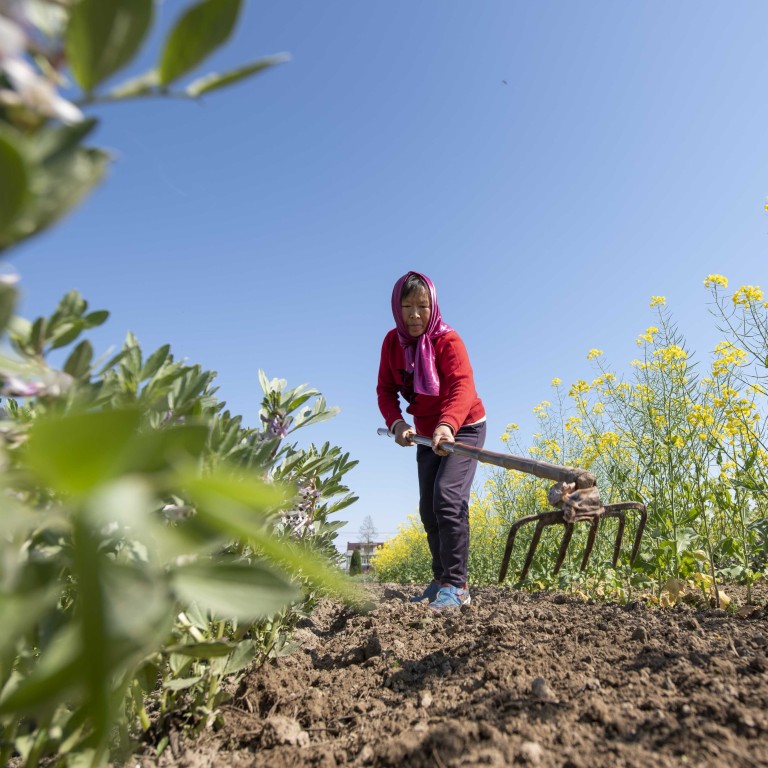
China’s soybean output tops 20 million tonnes for first time as it shifts away from import reliance
- China’s annual soybean harvest increased by nearly a quarter in 2022 while Beijing ramped up its self-sufficiency drive
- And agricultural officials say domestic output will continue rising this year to meet demand
China’s soybean output and cropland area reached record highs in 2022 as a result of Beijing’s heightened efforts to bolster domestic food security amid geopolitical tensions.
The domestic output of soybeans – a major oilseed and animal feed – reached 20.28 million tonnes in 2022, marking a year-on-year increase of 23.7 per cent. It was the first time the country produced more than 20 million tonnes.
Soybean cropland amounted to 10.2 million hectares (25.2 million acres) in 2022 – an increase of 1.82 million hectares, or about 21 per cent, from 2021.
China’s bumper grain harvest defies unprecedented challenges, sets record
“This is the largest amount of land used for soybean production since 1958,” said Zeng Yande, the chief agronomist and director of the Department of Development and Planning Department under the Ministry of Agriculture and Rural Affairs, on Wednesday.
China’s soybean self-sufficiency rate is estimated to have reached 18.5 per cent in 2022, which would mark a year-on-year increase of 3 percentage points, according to the ministry.
A report this week by Rabobank, a Dutch multinational banking and financial services company, predicted that the gradual decrease in China’s soybean imports will have a profound impact on the global supply chain. China is the biggest international importer of soybeans, accounting for 60 per cent of international trade.
The sense of urgency to increase domestic soybean production ramped up in late 2021 after the domestic yield shrank by 16.4 per cent, year on year, according to the National Bureau of Statistics.
China-Russia soybean trade rife for investment as China needs critical grain
The country’s agricultural ministry told local governments in late 2021 that enlarging soybean and oil crop planting was “a major political task” to be completed in 2022.
Last year, China launched initiatives to improve the capacity of soybean production, focusing on crop rotations. The project has got off to a “good start”, said Pan Wenbo, director of the Planting Management Department under the Ministry of Agriculture and Rural Affairs, on Wednesday.
“But in general, there is still a large gap between [China’s] soybean production and demand,” said Pan, who added that China will continue to increase the plantation of soybean and other oilseed crops in 2023.
China’s annual soybean consumption in recent years has been around 110 million tonnes. More than 85 per cent of that is used for crushing and consumption to meet the needs of animal feed and oil. Less than 15 per cent is used for food consumption.

